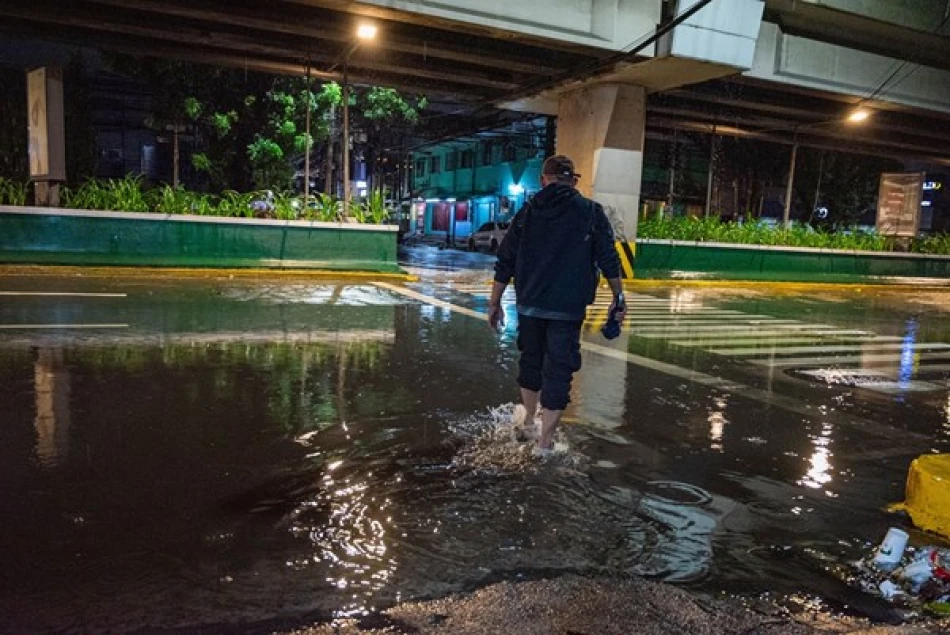
Heavy Rains Disrupt Work and School Across the Philippines
Philippines Grinds to a Halt as Deadly Monsoon Rains Claim Lives and Trigger Urban Flooding
The Philippine government has suspended all public sector operations and school classes across Manila and surrounding provinces as torrential monsoon rains and recent typhoon activity leave at least five dead and seven missing. The emergency measures highlight the archipelago nation's ongoing vulnerability to extreme weather events that regularly paralyze economic activity and threaten millions of lives.
Government Operations Suspended Amid Weather Crisis
President Ferdinand Marcos Jr.'s office issued an official memorandum halting government work and educational activities in the capital region and neighboring provinces. However, private companies retain discretionary authority to determine their own operational status during the weather emergency.
The decision reflects standard Philippine protocol during severe weather events, where government offices typically lead by example in prioritizing public safety over economic continuity. This approach has become increasingly common as the country faces more frequent and intense weather disturbances linked to climate change patterns in the Pacific region.
Flood Warnings and Casualty Reports Paint Grim Picture
The national weather bureau issued urgent warnings for flash flooding in urban areas, low-lying districts, and river-adjacent communities. Authorities also cautioned residents about potential landslides in mountainous and hillside areas, where loose soil from prolonged rainfall poses significant risks.
According to the National Disaster Risk Reduction and Management Council, the combined impact of seasonal monsoon rains and Typhoon Wifa earlier this week has resulted in at least five confirmed fatalities and seven people reported missing. These numbers may rise as rescue operations continue and remote areas regain communication capabilities.
Economic Disruption in Southeast Asia's Growth Hub
The work suspension across Metro Manila—home to over 13 million people and the country's primary economic engine—represents a significant disruption to business operations and supply chains. The capital region contributes approximately one-third of the Philippines' gross domestic product, making weather-related shutdowns costly for the national economy.
Private sector flexibility in maintaining operations provides some economic cushioning, as major corporations and manufacturing facilities can assess their specific risk levels and operational capacity. However, transportation disruptions and employee safety concerns typically lead most businesses to follow government guidance during severe weather events.
Climate Vulnerability Exposes Infrastructure Challenges
The Philippines faces an average of 20 typhoons and tropical storms annually, making it one of the world's most disaster-prone nations. The current crisis underscores persistent challenges in urban planning and flood management infrastructure, particularly in Metro Manila's densely populated areas built on reclaimed land and natural flood plains.
Recent years have seen increased investment in flood control systems and early warning mechanisms, yet the frequency and intensity of extreme weather events continue to outpace infrastructure improvements. This pattern mirrors challenges faced by other Southeast Asian nations, including Thailand and Vietnam, where rapid urbanization has increased vulnerability to natural disasters.
The recurring cycle of weather-related shutdowns highlights the urgent need for enhanced climate resilience measures as the Philippines balances economic growth with environmental adaptation strategies.
Most Viewed News

 Layla Al Mansoori
Layla Al Mansoori






